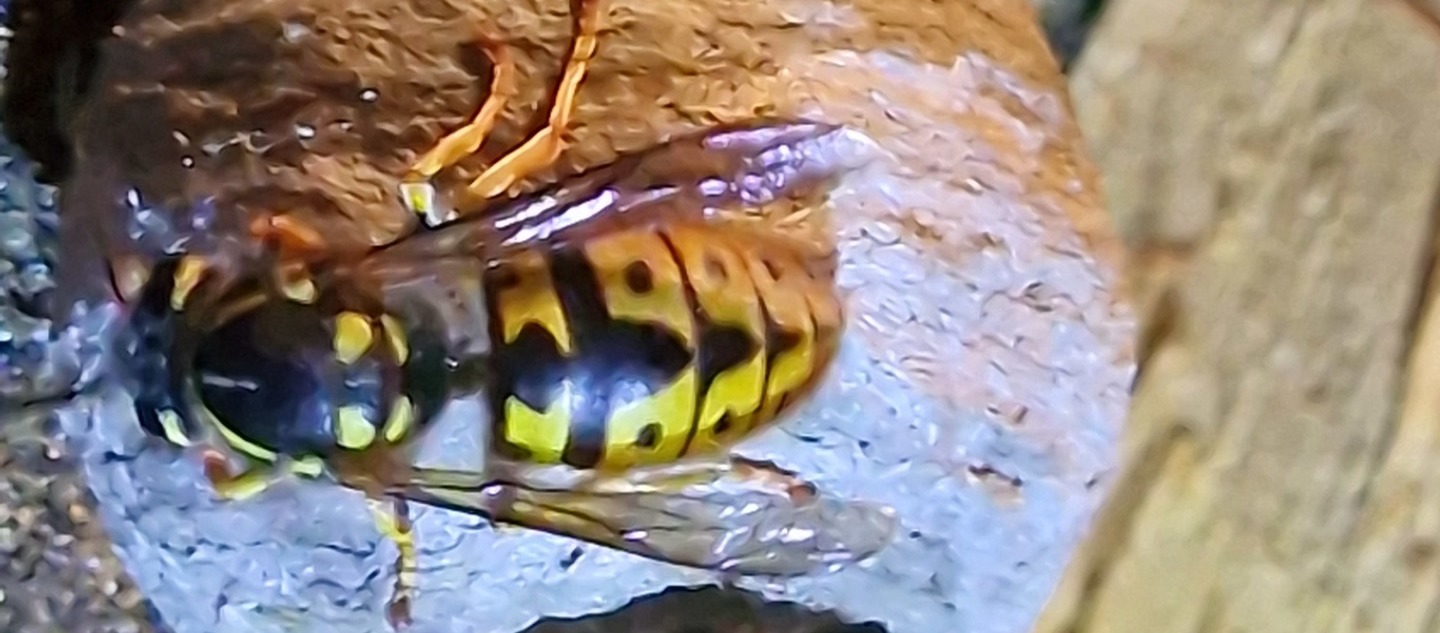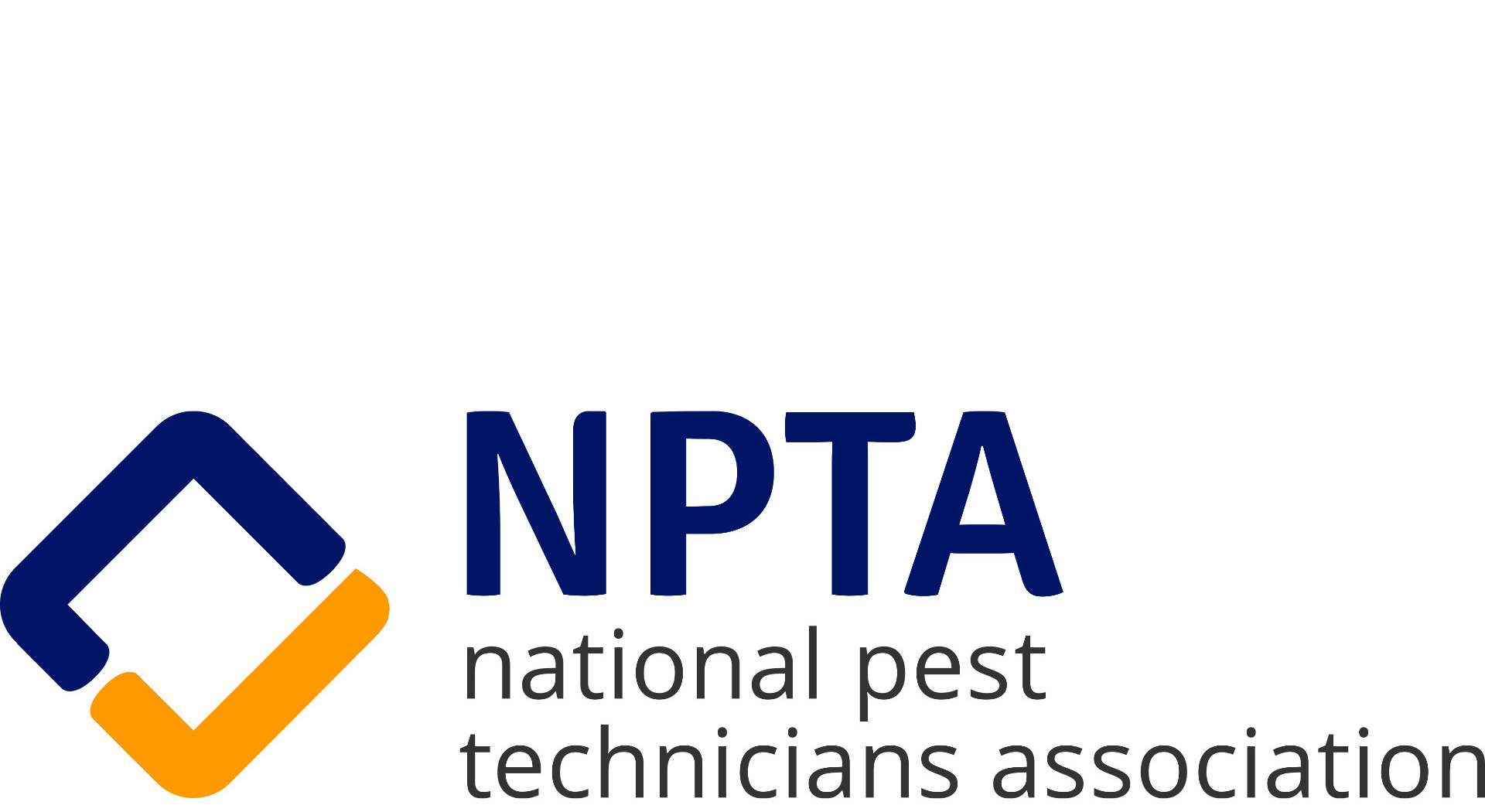Save money on wasp treatments
Posted on 5th May 2023 at 08:19
How to save money on wasp treatments
It seems to me that this year, winter has been reluctant to release its grip, as we approach the Coronation weekend the weathers cool and wet, in fact the last couple of months have just been, well, wet. This year seems so far removed from the past couple of years.
Back in 2021 when we found ourselves in Covid lockdown, it was March and it seemed like we went straight from winter and into summer; I remember that time as just being warm and sunny. OK, I didn’t stay at home as it was business as usual for me but this year does seem to be more of a ‘typical’ English summer.
What this means to us in the pest control world is a change in insect and animal behaviour. Certainly I have seen a slow emergence of Queen wasps this year, we have been called out to deal with just two nests so far and the purpose of writing this blog is an attempt to save you money.
If you’re seeing ten or twenty large and dopey looking wasps, usually found on or around a window, these are Queens that have come out of hibernation. We get called out for these a lot and the cause of this is the fact that last year you obviously had a wasp nest that went unnoticed, at the end of the lifecycle only Queens are left behind and these often stay safe in their nest and wait for spring.

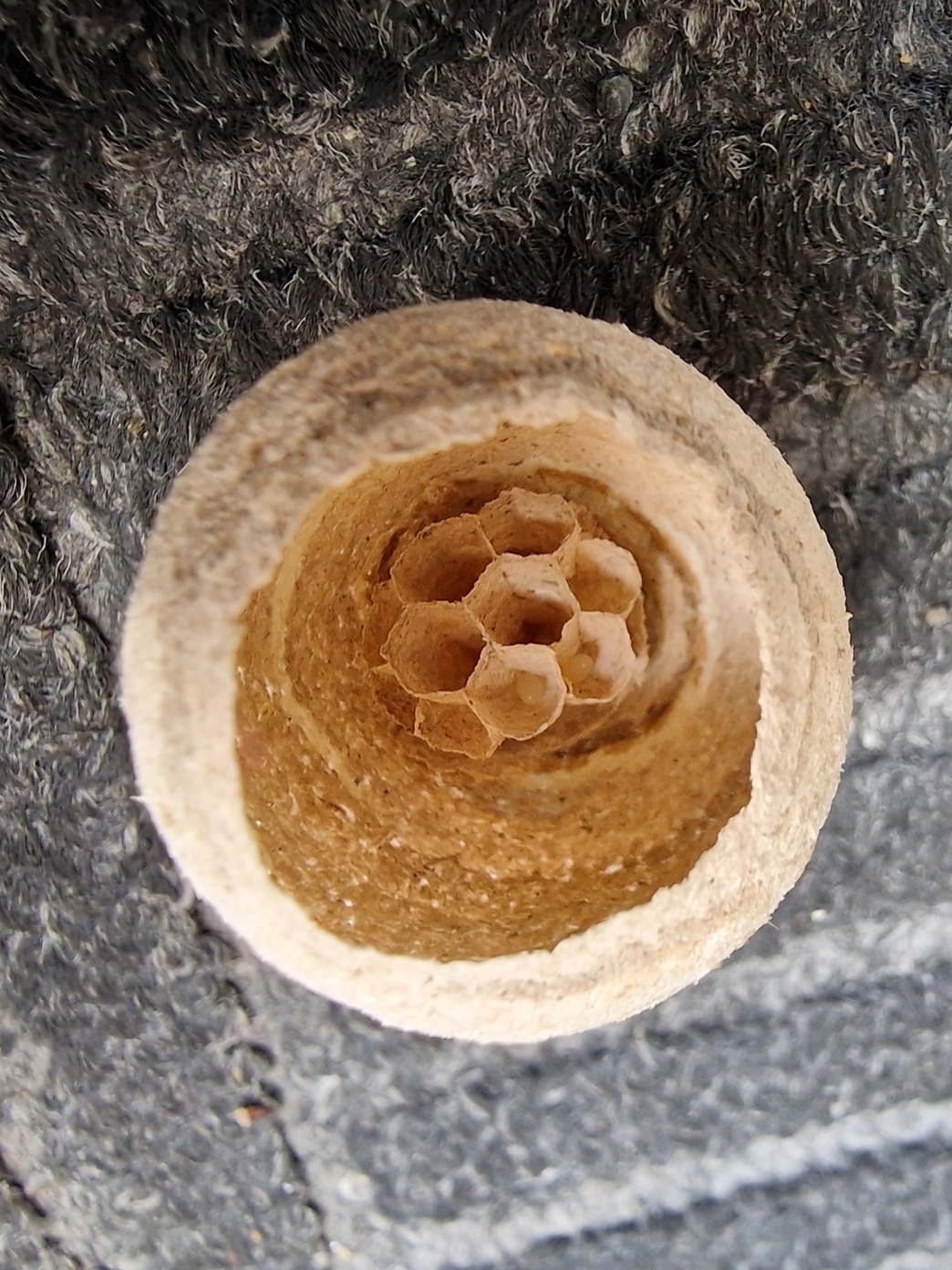
When DIY is best
As this spring seems to be late, the Queens emerge as usual and can’t always find their way out of whatever void they were in but discover a hole (usually around the electrical wire that leads to a light fitting) and find themselves trapped inside your home.
These wasps won’t be aggressive, OK, they can still sting so don’t pick them up but they aren’t protecting a colony and after the longer period of hibernation they are starving to death. This is why you’ll find them very slow moving or even just lying dead on the carpet – they need a shot of nectar to get things running which they can’t get inside.
Those Queens that have successfully navigated out are now starting their colonies for this year’s season and at the time of writing this, I am yet to see any mature worker wasps out foraging.
Certainly eggs have been laid in the forming nest by the Queen and these were evident in the second and later nest that I did this week, so it won’t be long before we see those worker wasps.
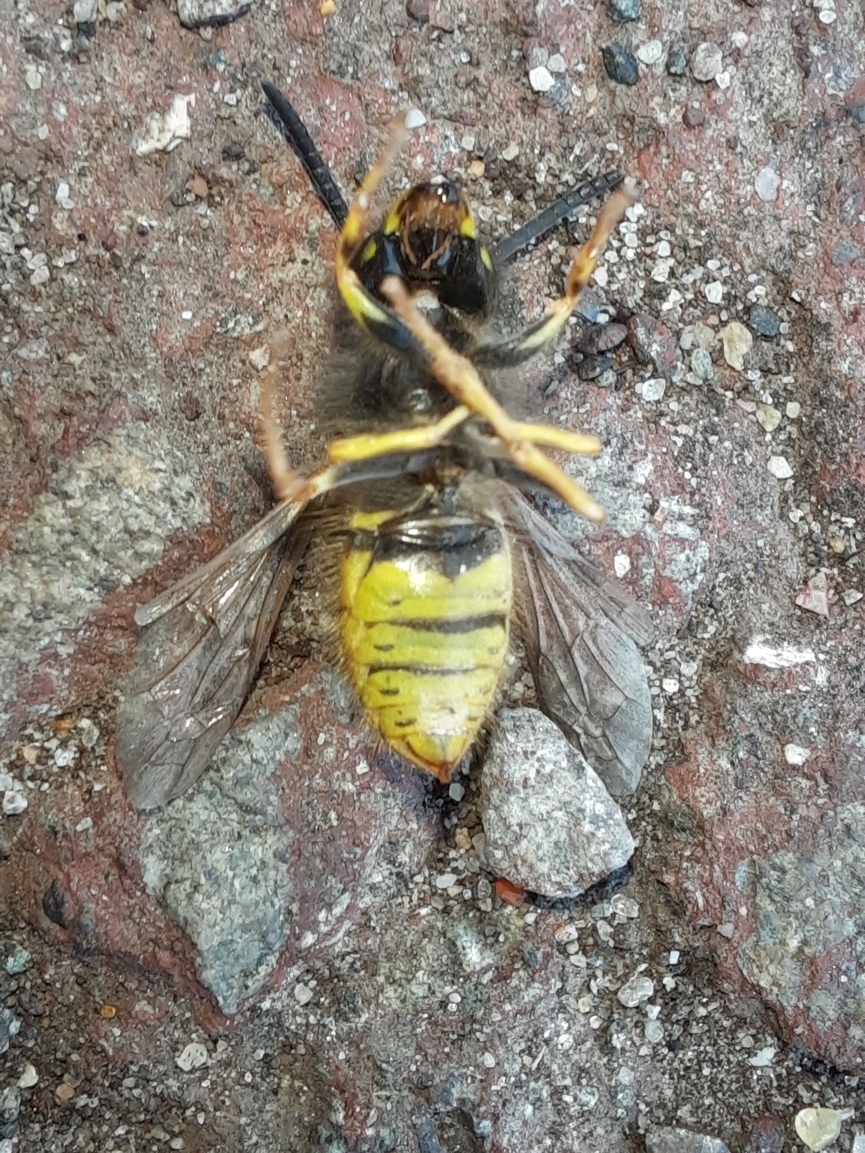
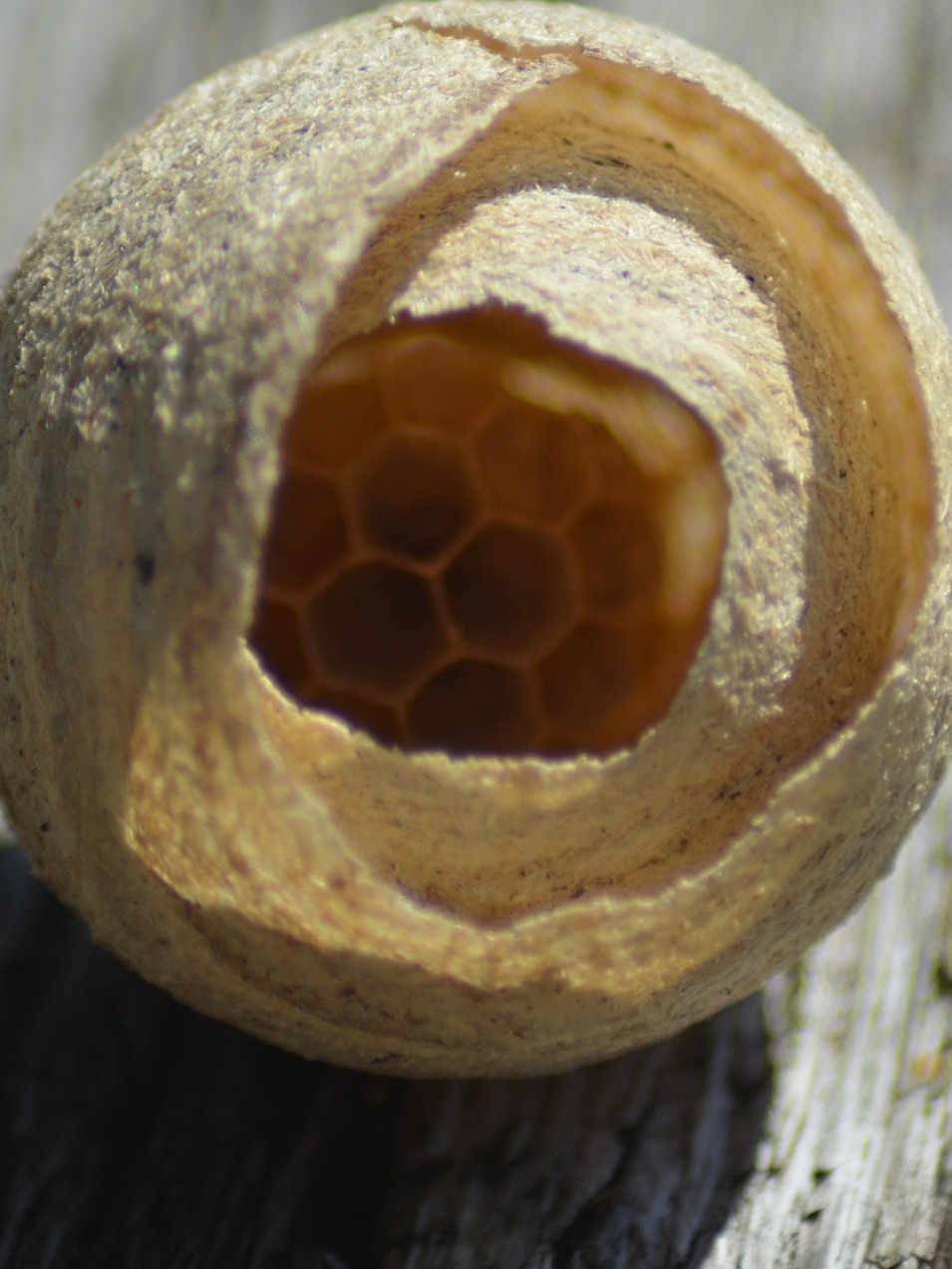
Professional wasp nest removal in Maidenhead
At this time of year (the wasp cycle year not the calendar year), no matter if its early in March or late in May when those colonies are just establishing, you have an opportunity to deal with any wasps, whether or not its last years Queens or one that’s successfully building her nest that we’re talking about, just take a can of fly killer and spray the insects and the nest.
The chemicals inside the can are often residual so even if the Queens not home, spraying liberally and right inside will leave enough trace insecticide to kill her off when she returns.
If that’s not for you, the trapped Queens can be released if you’d prefer by opening a window but any Queens building nests will be in very low numbers – that number is one, just a Queen so safe for you to deal with rather than call out a pest controller.
When or if you discover a wasp nest inside your house, the best possible advice that I can give you is to get it treated before it becomes a problem, that way you can be left to enjoy the summer and let’s hope that after this wet and cold spring, we get a good one.
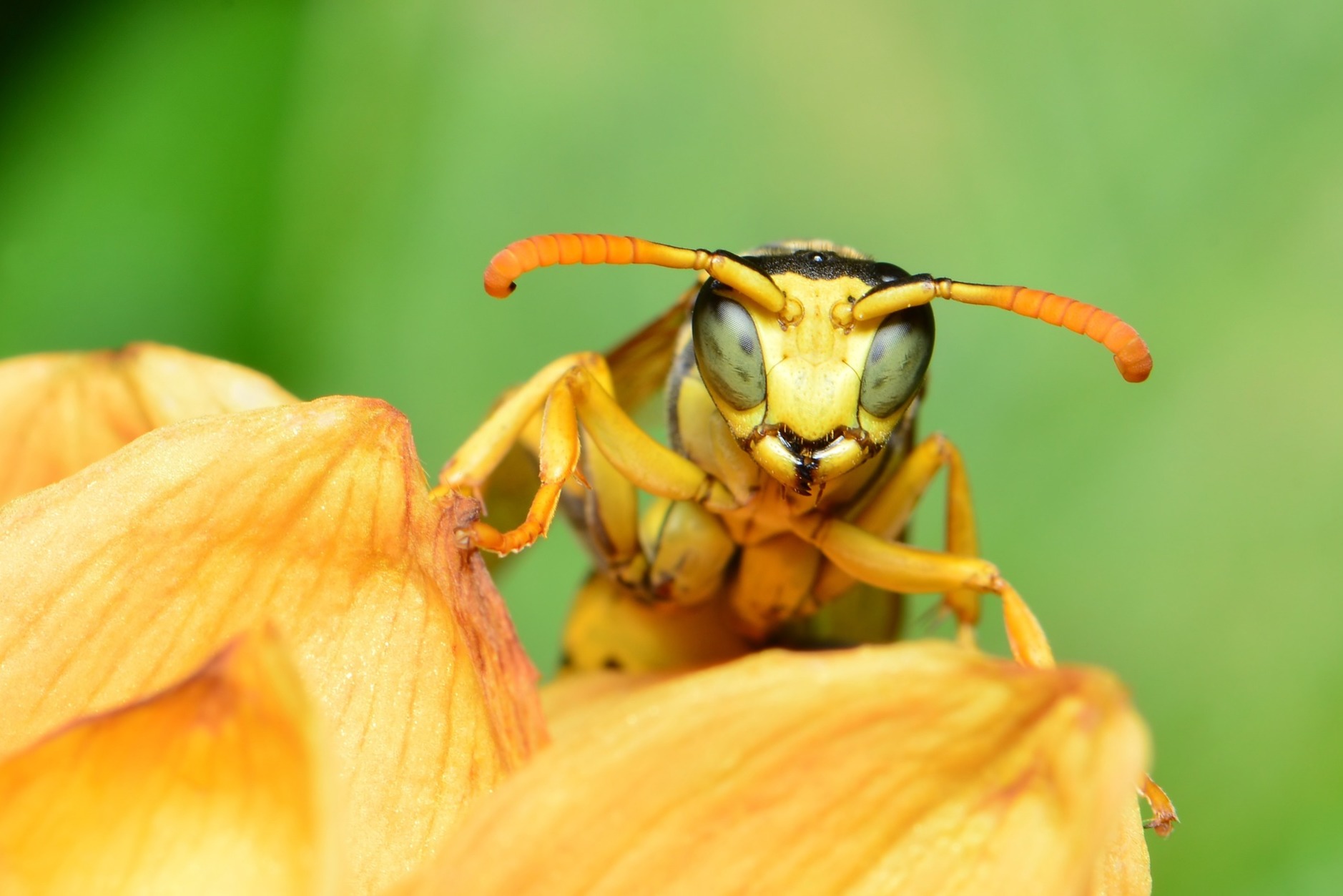

Share this post:





